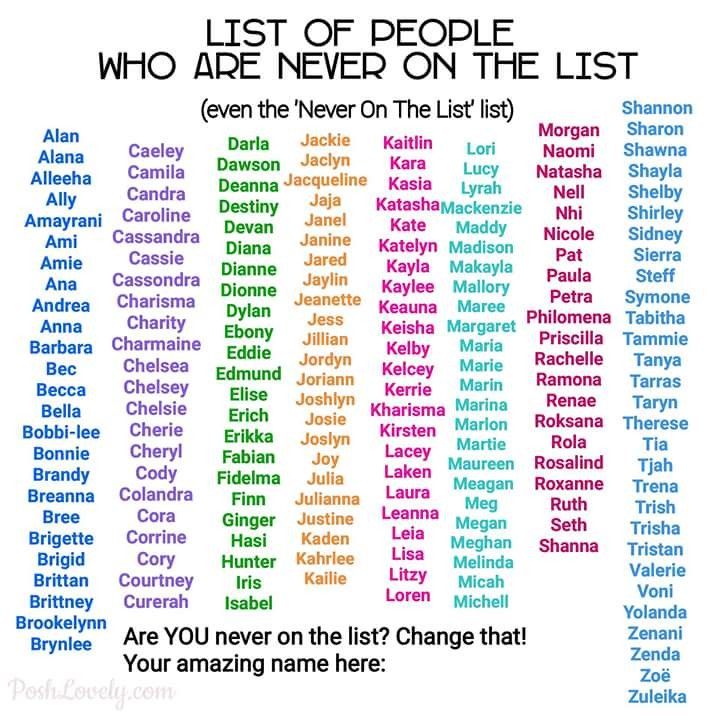Top girls names 1980: Most popular baby names of 1980
Posted onTop UK babies’ names from the 1980s
- Home
- Babies’ names
- Top UK babies’ names from the 1980s
Woman holding a baby boy c1980
Image by Michelle Hofstrand licensed under
CC BY-ND 2.0 Attribution-No Derivs 2.0 Generic
| Rank | Girls’ names | Boys’ names |
|---|---|---|
| 1 | Sarah (1) | Christopher (6) |
| 2 | Laura (54) | James (7) |
| 3 | Gemma (-) | David (3) |
| 4 | Emma (4) | Daniel (16) |
| 5 | Rebecca (16) | Michael (9) |
| 6 | Claire (2) | Matthew (10) |
| 7 | Victoria (18) | Andrew (4) |
| 8 | Samantha (9) | Richard (5) |
| 9 | Rachel (12) | Paul (1) |
| 10 | Amy (-) | Mark (2) |
In the list of girls’ names Sarah was also number one in the 1970s. Emma, Claire and Samantha were also popular in the 1970s. Laura, Gemma
and Amy were much more popular in the 1980s than in the 1970s.
The boys’ names were more stable. Only Daniel was a new entry in the top ten. Daniel was 16 in 1974. The boys’ names did change
places within the top ten. Christopher and James moved to the top and Paul and Mark to the bottom of the list.
First names of children announced in The Times
As a comparison, these are the top first names given to children which were published in The Times in 1984. The list
was compiled by Margaret and Thomas Brown.
| Rank | Girls’ names | Boys’ names |
|---|---|---|
| 1 | Sarah (1) | James (1) |
| 2 | Lucy (2) | Thomas (2) |
| 3 | Charlotte (8) | Edward (7) |
| 4 | Emily (7) | William (6) |
| 5 | Sophie (5) | Alexander (5) |
| 6 | Victoria (10) | Nicholas (4) |
| 7 | Katherine (4) | Charles (3) |
| 8 | Elizabeth (-) | Christopher (-) |
| 9 | Alexandra (-) | Oliver (6) |
| 10 | Laura (-) | (10=) David (-) Richard (2=) |
Source:’Christian names in 1984′, published in The Times 3 January 1985 page 11.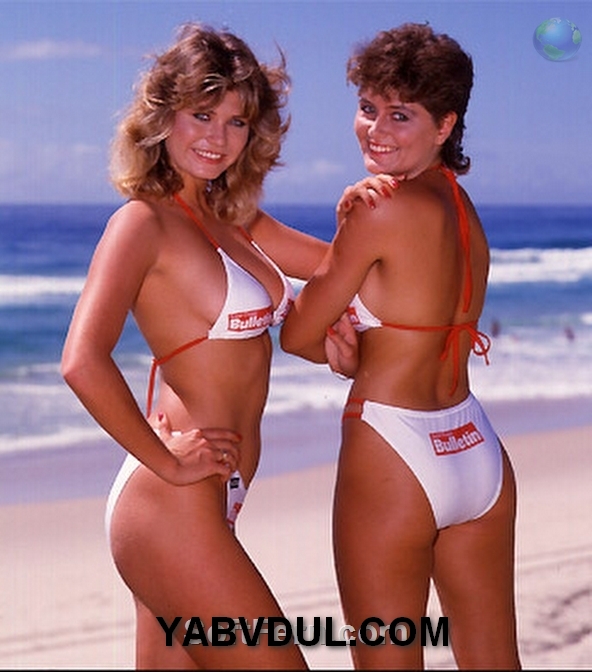
are where the name appears on the 1974 top ten compiled by Margaret Brown.
Both the boys’ names and the girls’ names have very little in common between the two lists. The girls’ names common
to both lists are: Sarah, Laura and Victoria. On the boys’ names only James, David and Richard are on both lists.
This shows a clear distinction between names chosen by most people and those chosen by the better off. However, even
well connected people are subject to the whims of fashion. Laura was a new entry on both lists.
Read more:
- Top UK babies’ names in the 1920s
- Top UK babies’ names in the 1930s
- Top UK babies’ names in the 1940s
- Top UK babies’ names in the 1950s
- Top UK babies’ names in the 1960s
- Top UK babies’ names in the 1970s
Add your comments
Add Comment
JavaScript must be enabled for certain features to work
* Required information
Powered by Commentics
x
Insert Bullet List
Please enter at least one item.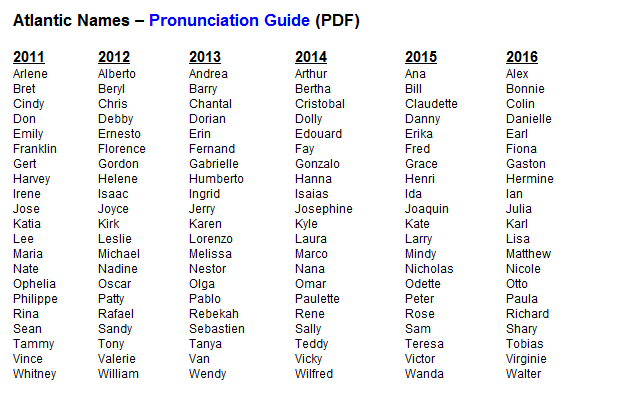
Item:
Item:
Item:
Item:
Item:
x
Insert Numeric List
Please enter at least one item.
Item:
Item:
Item:
Item:
Item:
x
Insert Image
Please enter the link of the image
x
Insert YouTube Video
Please enter the link of the video
The Best Jewish Baby Names from the 1980s – Kveller
Jewish baby names
By Joanna C. Valente
Let me guess: You probably know a million people named Ashley or Jennifer or Jessica or Amanda — or Christopher or Jason.
That’s probably why you never meet a toddler with that name these days. Because if you’re a mom of a certain age (late 20s to late 30s), chances are pretty good that we’ve called out your name, or the name of your bestie.
Nowadays, you’re very likely to meet a little Liam or Noah, or Ava or Olivia. But trends come and ago, so we decided to look at names that were most popular in the 1980s for some good old retro inspiration.
We took a look at the Social Security Administration’s official list of the 200 most popular names of the decade that brought us yuppies, Reaganomics, and MTV.
From this list, we rounded up some of the most popular Jewish names — and honestly, they’re clearly favorites for a reason. And if you’re in need of more inspiration, don’t forget to check out our baby naming guide.
Boys
1. Michael. Michael is a Hebrew name meaning “who is like God.” Michael is also the name of an angel in Jewish tradition.
2. Matthew. Matthew is a Hebrew name meaning “gift of God.” Matthew was also the priest, the leader, and the father of the Maccabees, who defeated the Assyrians in the story of Hanukkah.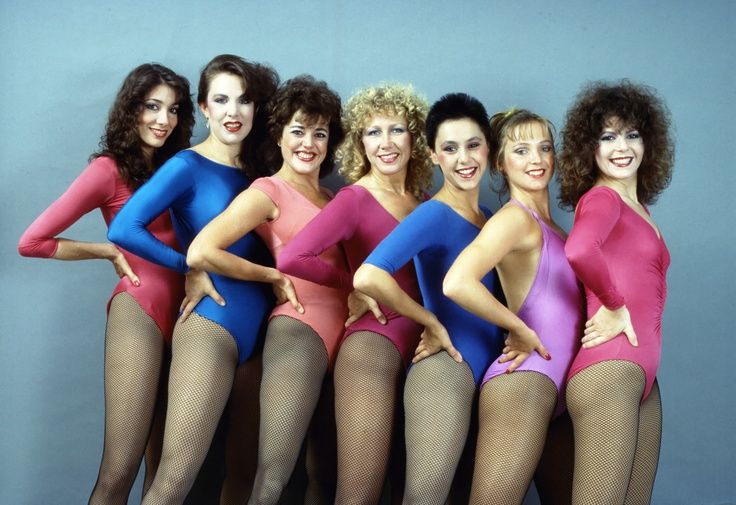
3. Joshua. Joshua is a Hebrew name meaning “God is salvation.” Joshua was the leader of the Israelites after Moses, who guided the people into the Land of Israel from the wilderness.
4. David. David is a Hebrew boy’s name that means “beloved.” David was the second king of Israel.
5. Joseph. Joseph is a Hebrew boy’s name that means “increase.” Joseph was one of the sons of Jacob and a leader of the Israelites in Egypt.
6. Jonathan. Jonathan is Hebrew for “God has given.” Yonatan was the son of Saul who became the best friend of King David. You can, of course, use Jon or Jonny for short.
7. Adam. Adam is a Hebrew name that means “earth.” Adam was also the first man who God created, NBD.
8. Benjamin. Benjamin means “son of the right hand” in Hebrew. Benjamin, the youngest son of Jacob, was one of the 12 tribes of Israel.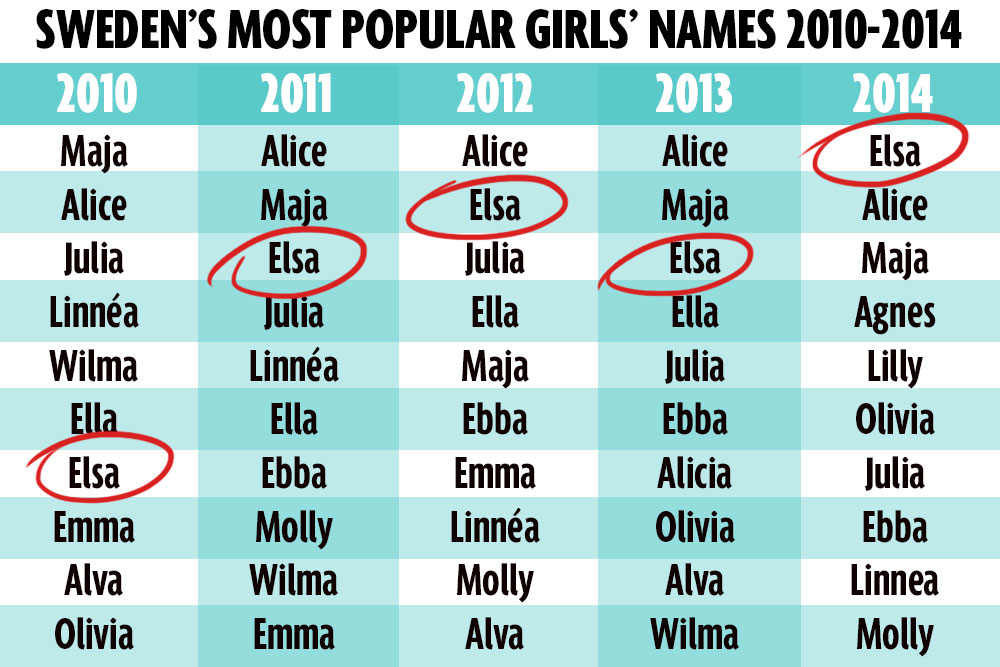
9. Aaron. Aaron is a Hebrew name that means “exalted.” In the Bible, Aaron, the high priest, was Moses’ brother. Together they helped free the Israelites from Egypt.
10. Jacob. Jacob means “to follow” in Hebrew. He was also the third patriarch in the Bible, was father of the 12 tribes of Israel.
Girls
1. Sarah/Sara. Sarah is a Hebrew name meaning “princess.” In the Bible, Sarah, the first matriarch, was the wife of Abraham and mother of Isaac.
2. Elizabeth. Elizabeth means “God is my oath” in Hebrew.
3. Rachel. Rachel is a Hebrew name meaning “ewe.” In the Bible, Rachel, one of the matriarchs, was the wife of Jacob and mother of Joseph and Benjamin.
4. Rebecca. Rebecca is a Hebrew girl’s name meaning “captivating.” In the Bible, Rebecca, one of the matriarchs, was the wife of Isaac.
5.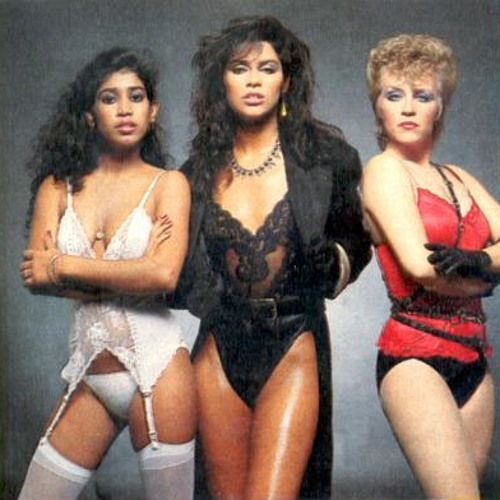
6. Leah. Leah is a Hebrew girl’s name meaning “delicate.” In the Bible, Leah was one of Jacob’s wives.
7. Hannah. Hannah means “compassionate” in Hebrew. She was also was the mother of the prophet Samuel.
8. Bethany. Bethany is a Hebrew name deriving from Bet t’eina, which means “house of figs.” The name is that of a town near Jerusalem at the foot of the Mount of Olives.
9. Joanna. Joanna is a Hebrew name meaning “God is gracious.” We are a bit partial to this name.
10. Tamara. Tamara is a Hebrew name meaning “palm tree.”
Check out our Jewish baby name bank for more inspiration.
Image: Viv Lynch
exhibitions in the regions – Afisha-Exhibitions
December 21, 2022
Daria Martynenko
December 21, 2022
Reflection on the Renaissance in Nizhny Novgorod, mythologized modern art in Yekaterinburg and Flemish painting in Yaroslavl, who want to change the scenery for the exhibition and go somewhere for the holidays.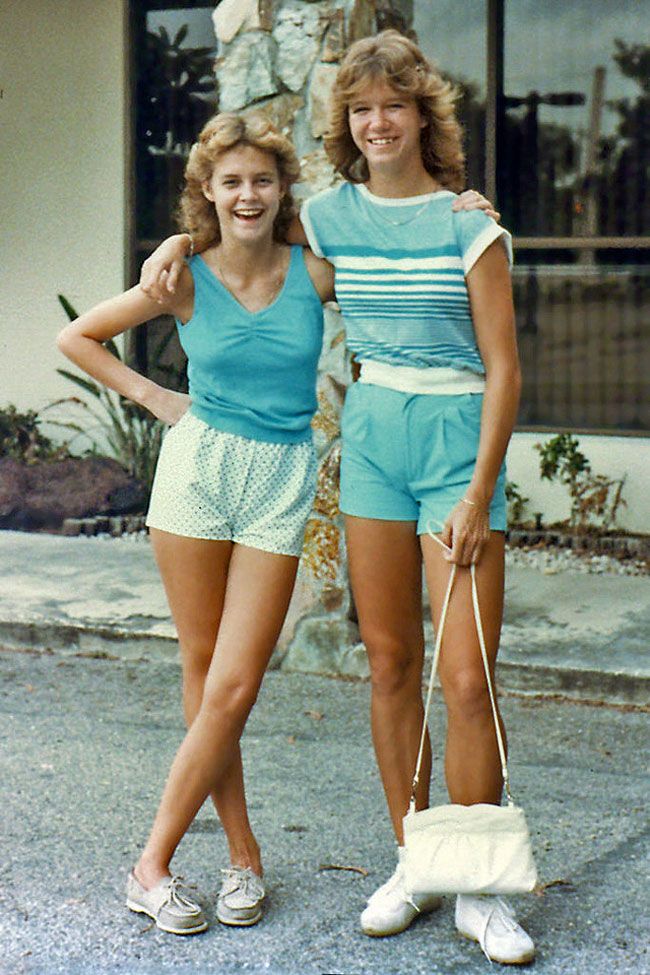
-
Named Vasari. Renaissance
Arsenal, until April 9
Dialogue between Renaissance masters and contemporary art
The Italian artist Giorgio Vasari in the 16th century began to use the terms «Gothic», «Renaissance» and «Mannerism» to designate eras. The three-part project at Arsenal in Nizhny Novgorod rethinks these three periods, bringing together exhibits from the collections of the Pushkin Museum and works by contemporary artists. The second exhibition is dedicated to the Renaissance, the time when Italian humanists, seeking to restore the image of the ideal harmony of the world and man, created the canons of classical world culture for the next few centuries. Among the exhibits are engravings by Andrea Mantegna, Agostino Veneziano, Albrecht Dürer, Lucas Cranach the Elder, replicas of drawings by Raphael Santi, paintings by artists of the circle of Sandro Botticelli, medals by Antonio Pisanello and bas-reliefs by followers of Lorenzo Ghiberti.
And the contemporary art of Valery Koshlyakov, Timur Novikov, Yegor Plotnikov, Aidan Salakhova, Maria Safronova and others, presented alongside, shows that the Renaissance culture continues to influence people’s understanding of the world to this day. nine0003
More about the exhibition
-
Art or life? Mythologization of being
Sinara Center, until March 12
Mythologized art objects of Tishkov and Mamyshev-Monroe
A popular trend in contemporary art in recent years has been the creation or use of mythologization to express one’s ideas. In general, myths have existed throughout human history, manifesting themselves not only in philosophy and religion, but also in art, which helps to express sacred meanings. The art director of the Yekaterinburg gallery «Sinara Art» decided to speculate on this topic and collected 65 objects dedicated to the mythological worldview in the exposition. Among them are new acquisitions by iconic artists of various generations and trends: Leonid Tishkov, Vladislav Mamyshev-Monroe, the Blue Noses group, Vitaly Volovich, Veniamin Stepanov and Krasil Makar.
nine0003
More about the exhibition
-
Terminal B
Smena Center for Contemporary Culture, until February 12
Reflections of 23 artists on the catastrophe
The Kazan Center for Contemporary Culture «Change» is showing a new project created under the supervision of the Plague team. His idea arose in the first weeks of the lockdown — at the exhibition, visitors enter an atmosphere that simultaneously resembles many different places associated with waiting: airports, train stations, shopping centers, elevators. This is one of the possible scenarios for the future, as if after an unknown catastrophe that has just happened. The viewer is offered to observe the remaining artifacts — chairs, advertising posters, bottles, key rings — and try to comprehend what happened, understand its causes. The project involves 23 artists — both local (Arthur Golyakov, Artem Silver, Zukhra Salakhova), and from other cities of Russia (Aurora Rodina, Evgeny Berezin, Sasha Nesterkina, Yuri Otinov, Vanya Venmer) and even Japan (Taka Kono) and the USA (Michael Bassel, Jan Bruner and Miles Houston).
nine0003
More about the exhibition
-
From «thaw» to «perestroika». Art of the USSR in the 1960s–1980s
Kazan Kremlin, until February 26
Opposition between socialist realists and underground art
The Kazan Kremlin together with the Moscow center «Rosiso» show Soviet art of the 1960s-1980s. The main feature of that time was the confrontation between official and unofficial art. At the exhibition, you can see the works of socialist realists Valentin Sidorov, Dmitry Zhuravlev, the Tkachev brothers and trace how nonconformists differed from them. Oleg Tselkov, Boris Turetsky, Natta Konysheva, Vladimir Yakovlev, Vyacheslav Kalinin — artists of this circle openly opposed themselves to the mainstream, arranged apartment exhibitions and sought to develop an individual style. It is especially interesting that the exhibition tells how the underground developed in the regions. For example, the works of Adiya Sitdikova from Ufa, Shalva Bedoev from Vladikavkaz, Alexander Panteleev from Vologda and Vladimir Yukin from Vladimir are presented.
nine0003
More about the exhibition
-
Wanderlust. Exhibition about European travels of the 18th — early 20th centuries
Radishchev Museum, until February 5
About travels to Europe two centuries ago
An unusual exhibition at the Radishchev Museum is dedicated to the boom in travel that began in the 19th century thanks to the emergence of the railway network. Based on the guidebooks of that time, the curators compiled a route. It begins in Greece and continues — by train, ship, stagecoach — throughout Europe in the late 18th — early 20th centuries. Moreover, they offer to look at it through the eyes of artists — in the works of Bogolyubov, Bronnikov, Polenov, Achenbach, Friedrich, Guden from the collections of the Pushkin Museum and Saratov collections. Also at the exhibition are impressions of Karamzin, Goncharov, Benois’ travels abroad, and household items of the 19th century create the atmosphere of the era: men’s and women’s travel kits, chests and suitcases, cameras, binoculars, souvenirs.
Here you can imagine yourself at a Venetian carnival or a Spanish inn, compare a trip in a Pullman car and a shaky stagecoach, and also find out for what purposes Russians traveled before. nine0003
More about the exhibition
-
Ivan Shishkin
Yaroslavl Art Museum, until March 26
Master’s retrospective of the Russian forest
More than 40 works by Ivan Shishkin from the collection of the Russian Museum have been brought to the Yaroslavl Art Museum. The exposition covers all the main stages of his work: his student years, a retirement trip to Germany and Switzerland, where the artist began to paint the forest, and the creation of epic landscapes in his homeland. On his canvases, Shishkin meticulously depicted nature, emphasizing the beauty and grandeur of the Russian North, and also often depicted peasant life. Among the works presented at the exhibition are the famous “Stream in a Birch Forest”, “Before a Thunderstorm” and “Coniferous Forest.
Sunny day». nine0003
More about the exhibition
-
Mysteries of Dutch painting of the 17th century
Museum of Foreign Art, until March 12
Likbez on allegories and symbols of old masters
Another interesting exhibition in the Yaroslavl Art Museum is dedicated to Netherlandish painting of the 17th century. First-class paintings by Ferdinand Bol, Nicolas Mas, Jan Meytens, Gerard Terborch and Hieronymus Janssens were brought from the Pushkin Museum — this is the first collaboration between the Pushkin Museum and Yaroslavl. The exhibition introduces an important feature of the paintings of the old masters — their complex figurative semantics, which today is not always clear at first glance, but was well understood in the 17th century. The curators not only explain the logic of allegories and symbols, but also show how they were used in the writings of poets and philosophers of the same time. nine0003
More about the exhibition
-
Merchant’s portrait of the 18th — early 20th centuries
Historical Museum, until February 13
Merchant’s life in portraits and objects
The branch of the Historical Museum in Tula offers to trace the development of the merchant’s portrait from the end of the 18th to the beginning of the 20th century.
The exhibition brought together 48 canvases created to order for family portrait galleries. On them you can see various attributes of merchant life — patterned kokoshniks or a genuine home-made children’s shirt. Some things that belonged to merchants are shown right in the hall: orders and medals, coins, jewelry. And next to the image of the Kosin family at the tea table, there are items related to the tradition of home tea drinking: Gzhel dishes and a Tula ceremonial-style samovar from the factory of Nikolai Malikov. nine0003
More about the exhibition
-
The Romanovs. Three centuries of Russian culture
Art Museum. Kovalenko, until January 29
Hobbies of Russian emperors from Peter I to Nicholas II
The exhibition at the Krasnodar F.A. Kovalenko Art Museum is dedicated to the 350th anniversary of the birth of Peter I. The exhibition features more than 100 paintings (George Dow, Diego Velasquez, Karel de Moor), drawings (Thomas Wright, Antoine Moren) and objects of decorative and applied art from the collection of the museum — products of the Imperial Porcelain Factory, rare books and weapons of Western European masters of the 18th-19th centuries from private collections.
All of these items illustrate the various hobbies of the imperial family, one of which was collecting art. nine0003
More about the exhibition
Afisha selections
Banana, deer and nomads: places near Moscow for a family trip in one day
during the New Year holidays: exhibitions in Moscow
Events
Create a unique page for your event on Afisha
This is an opportunity to tell a multi-million audience about it and increase attendance
900
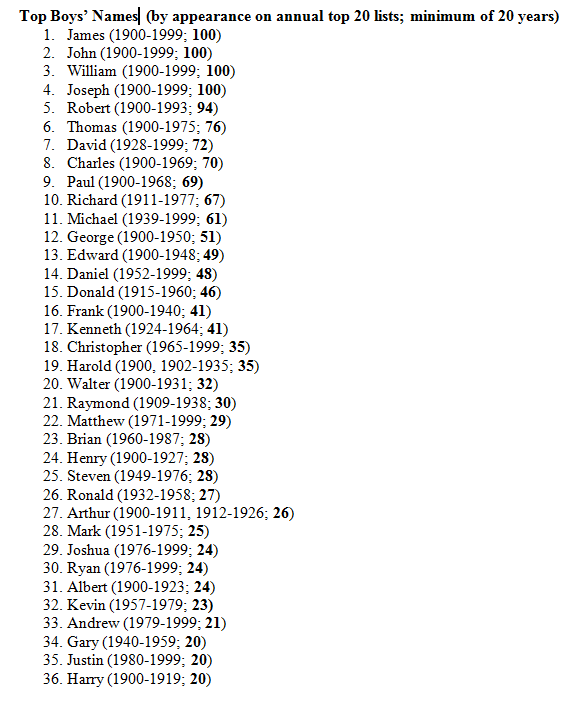
0001
Hannah Arendt fought the Nazi regime, miraculously escaped a concentration camp, and then began to study the roots of totalitarianism in the individual and society as a whole. Forbes Woman talks about one of the few female philosophers of the 20th century whose work is recognized as a classic of political thought
Early years
Finished reading here
Hannah Arendt was born in 1906 in Germany to a Jewish family, but she never considered that this somehow determined her character or worldview. “The word “Jew” never sounded in our house. I first heard it in the anti-Semitic remarks (they should not be recounted) of children on the street.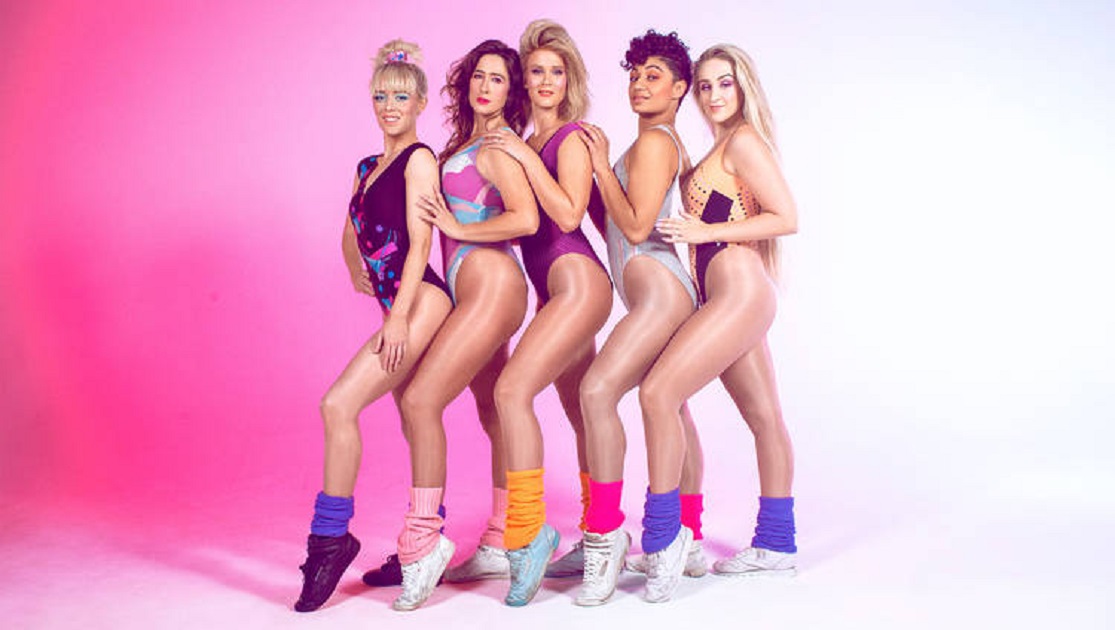
Hanna spent her childhood in Koenigsberg (today Kaliningrad). By the age of 14, she managed not only to read Immanuel Kant’s Critique of Pure Reason and Karl Jaspers’ Psychology of Worldviews, but also made a firm decision to become a philosopher, despite the fact that it was considered «not a woman’s business.» “You say that [philosophy] is a man’s business. But it does not have to remain a male occupation! Arendt said.
From 1922 to 1923 she took courses in theology at the University of Berlin as a free student. At 19At the age of 24, she entered the University of Marburg in Germany, where Martin Heidegger, a prominent existentialist philosopher of the 20th century, lectured. The relationship between them even developed into a short romance, they were in correspondence all their lives.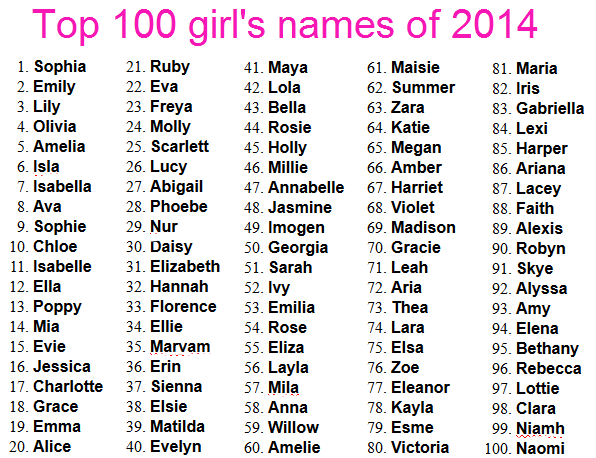
Hannah Arendt had little interest in political philosophy in her youth. She was more concerned with abstract categories: questions of being, love and time. This can be seen both in her letters to Heidegger and in her choice of topic for her doctoral dissertation, Augustine the Blessed’s Concept of Love, which she successfully defended under Jaspers in 1929.
Also, “in her youth, Arendt, like many assimilated Jews, did not particularly think about her origin,” explains researcher, art theorist and philosopher Mikhail Yampolsky. But at 19In the 1930s, she distanced herself from Heidegger because he was accused of anti-Semitism.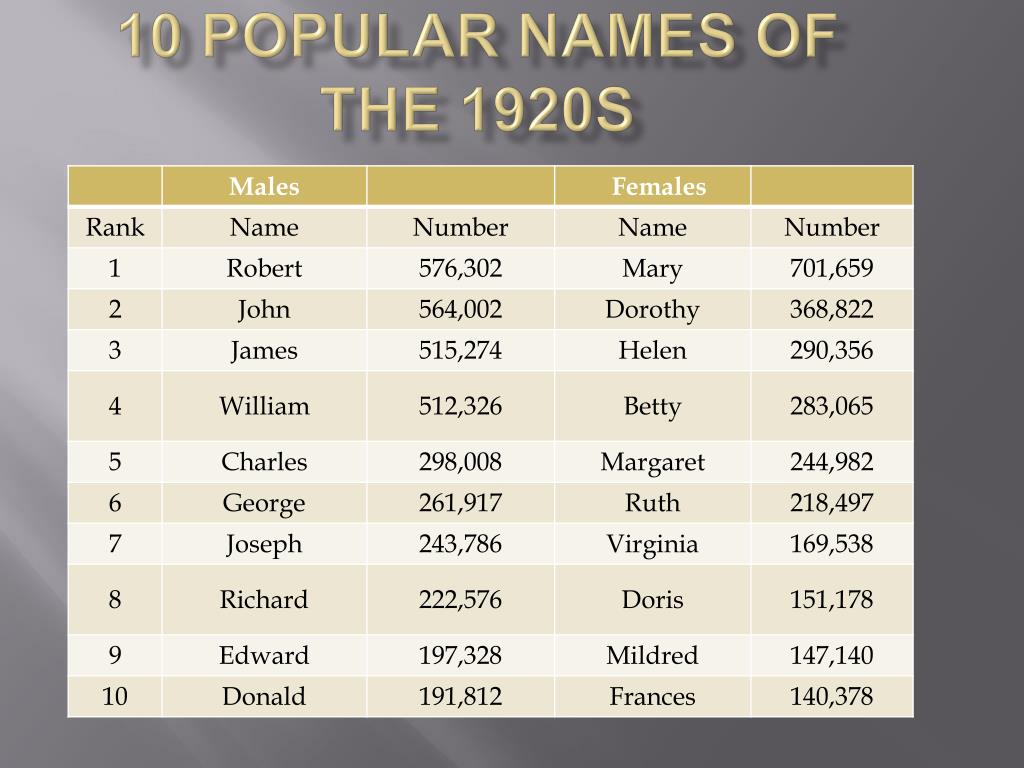
Related material
Fighter against fascism
The rise of Nazi sentiment became increasingly difficult to ignore, and against this background, Hannah Arendt became noticeably politicized: “At 19In 33, indifference became impossible, ”she said. 26-year-old Arendt, together with the Zionist organization, collected incriminating materials about the Nazis and was arrested because of this. An investigator benevolent towards Arendt and natural ingenuity (Hannah answered questions in such a way that, on the one hand, she did not issue a command, and, on the other hand, did not look rude) helped her to free herself a week after the arrest and flee to France.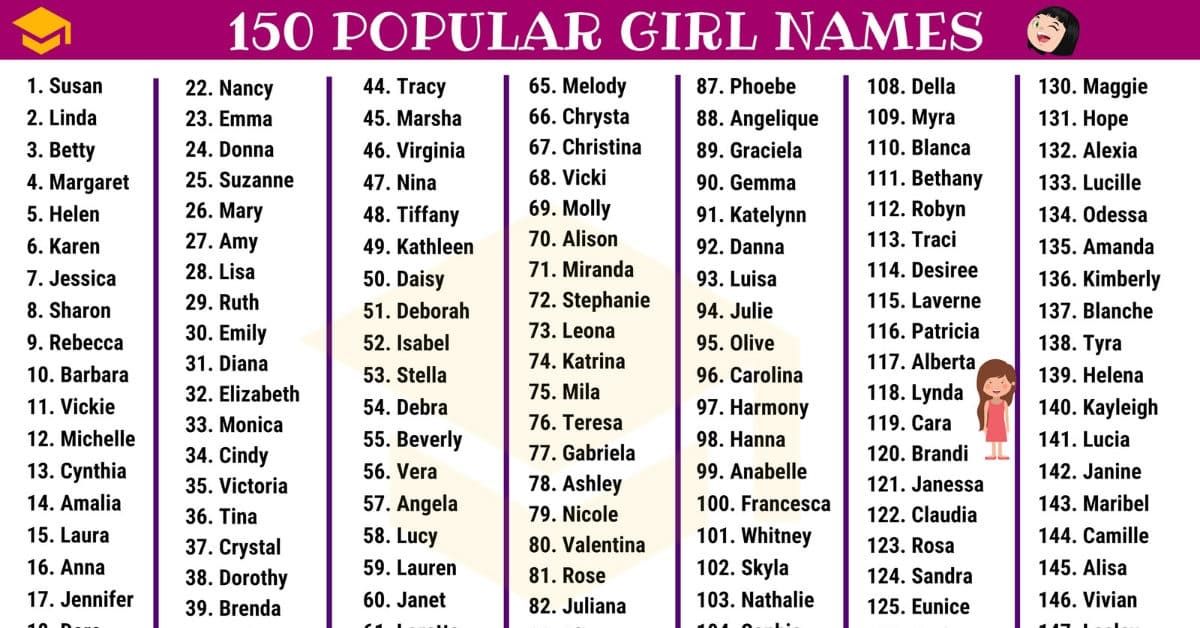
She spent several years in France working for Jewish organizations helping refugee teenagers. In 1937, she divorced Gunther Stern and met the philosopher and poet Heinrich Blucher, who became her second husband. However, the escape to France did not save Arendt from persecution. In May 1940, she ended up in Gurs, a military camp for displaced persons, from where she soon managed to escape (first on foot and then by hitchhiking) to the not yet occupied French territories. In the same year, she was able to reunite with her husband and fled to Lisbon, and from there at 1941 sailed on a ship to New York.
Günther Stern and Hannah Arendt (Photo DR)
Far away from troubled Europe, Hannah Arendt began her career in journalism in the USA.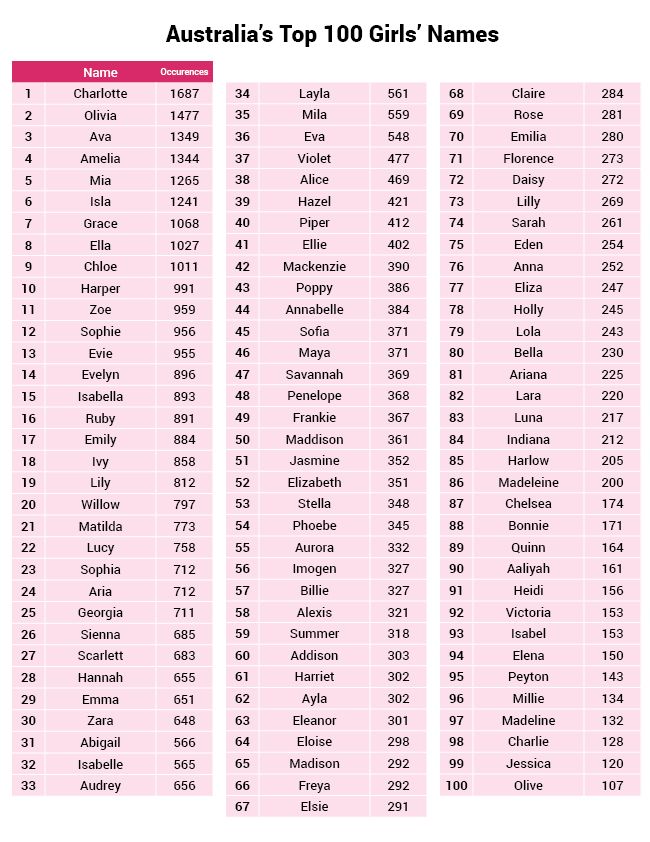
Singular and plural evil
“He sits in his cage like a ghost, who also has a cold, but he is not at all scary” – this is how Hannah Arendt described the German war criminal Adolf Eichmann during his trial. The SS Obersturmbannführer, also known as the «architect of the Holocaust», was responsible for the expulsion and deportation of Jews, as well as for the «final solution of the Jewish question» (this euphemism in Nazi Germany was called the mass destruction of the Jewish people). After the war, Eichmann was a fugitive in Argentina, but at 19In 1960, Israeli intelligence agents kidnapped him and took him to Israel, where he was subsequently sentenced to death by a court.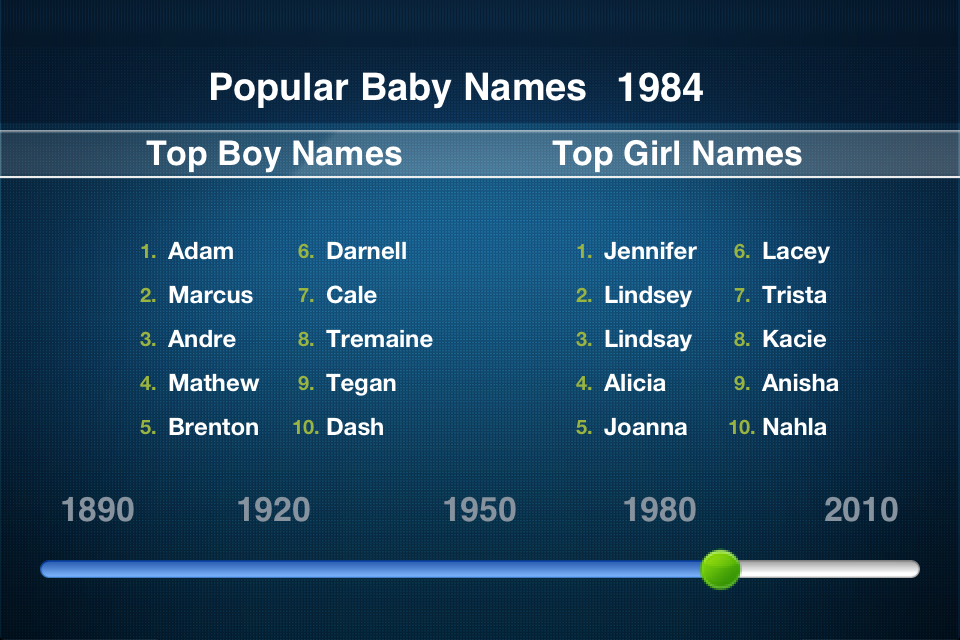
Related material
For the first time, the content of the book in an abridged version got into the public field through a series of reports-articles, causing a flurry of negative comments. Hannah was turned away not only by her readers, but also by many of her Jewish friends. Contemporaries were outraged by Arendt’s belief that Eichmann was not an «immoral monster» at all. “Adolf Eichmann was accused on fifteen counts… For each of the counts brought against him, Eichmann replied: “Not guilty on the merits of the charge”… But on the merits of what did he consider himself guilty? … What he did was recognized as a crime, so to speak, in retrospect, but he himself was always a law-abiding citizen, since Hitler’s orders, which he carried out with his usual zeal, had the force of law in the Third Reich, ” wrote in her book Arendt.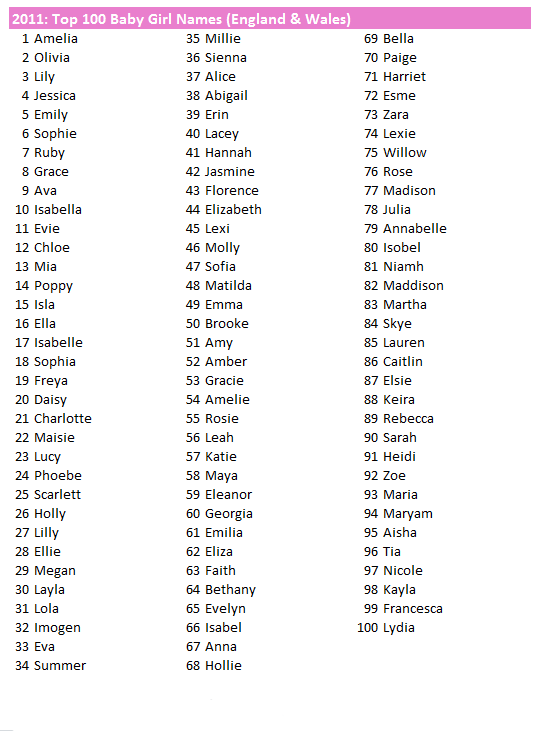
Using his example, Arendt tried to reveal the essence of the «banality of evil.» This concept has entered political theory, but Arendt does not give it any clear definition — it is revealed throughout the story. By the banality of evil, the philosopher means mindless obedience to laws against the very foundations of life. The root cause of the obedience and existence of anti-human laws, according to Arendt, is a combination of general ignorance, unwillingness to think, and «deadly logic», justified by an «order from above.» nine0003 Hannah Arendt (Photo DR)
Gazing at the portrait of the former Nazi chief, Arendt described the same «banality»: «Eichmann, despite his poor memory, repeated word for word the same clichéd phrases.
She noted that the problem was that people like Eichmann were not terrible exceptions, but “terrifyingly normal” people: “As for base motives, he was completely sure that he was not an innerer Schweinehund, that is, a bastard by nature; as for conscience, he well remembered that he would act contrary to his conscience precisely in those cases if he did not do what he was ordered to do — with the utmost zeal to send millions of men, women and children to death. And this point of his statement was precisely the most difficult thing to succumb to simple human understanding. nine0003
“Arendt did not write a historical work, but a detailed discussion, divided into many cases and examples, about the reasons, primarily political reasons, why people refuse to hear the voice of conscience and face reality,” wrote in the annotation to the Russian edition of the book translator and literary critic Grigory Dashevsky.
Related material
«The Banality of Evil» made Hannah Arendt world-famous. After reporting on the Eichmann trial, the public began to read her other book, The Origins of Totalitarianism, which came out twelve years earlier, at 1951 years old. These two works have much in common, but if in The Banality of Evil the ethical problems of an individual in totalitarian conditions are revealed, then in The Origins of Totalitarianism it is the behavior of the masses in the same conditions.
Arendt discusses the concept of “the masses” and those of whom they consist: “The truth is that the masses grew out of the fragments of an extremely atomized society … The main feature of the mass man is not cruelty and backwardness, but the lack of normal social relationships” . It is “universal loneliness” that is the condition under which terror spreads and the influence of ideology becomes overwhelming and all-encompassing.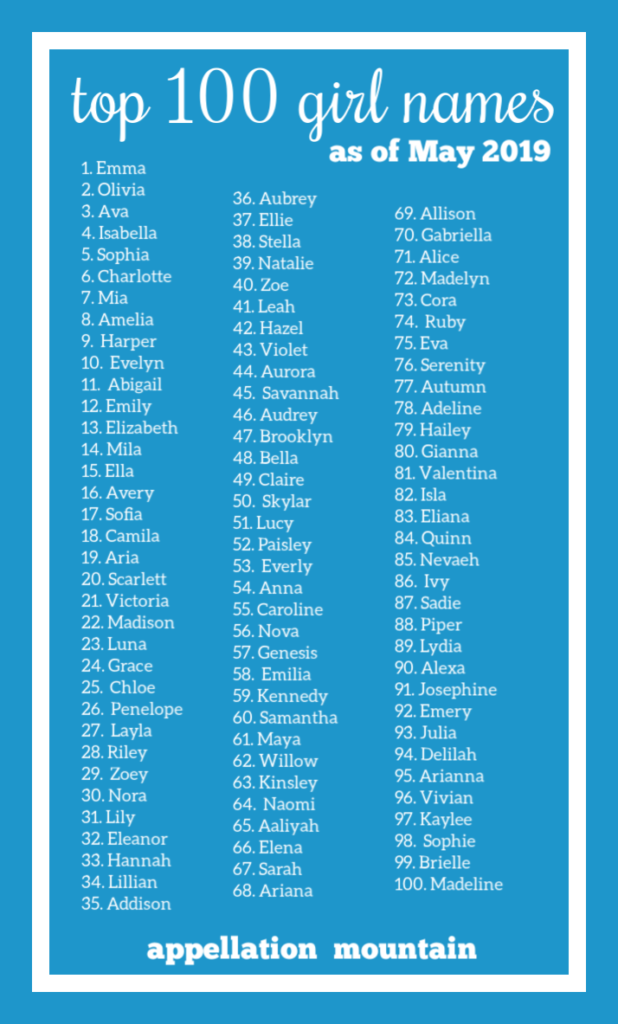
The life of the mind
“Thinking always means thinking critically. And to think critically means to be against. Any reflection undermines all frozen rules, common beliefs, etc. Everything that happens in the process of reflection is subject to a critical examination of what is. That is, there are no dangerous thoughts — reflection is a dangerous enterprise in itself … But the absence of reflection, in my opinion, is even more dangerous, ”says Hannah Arendt in a conversation with the French writer Roger Herrera in 1973. nine0003
The call to thinking is inherent in her writings: her desire to understand the origins of social and political phenomena went far beyond the labels that the public placed on Arendt.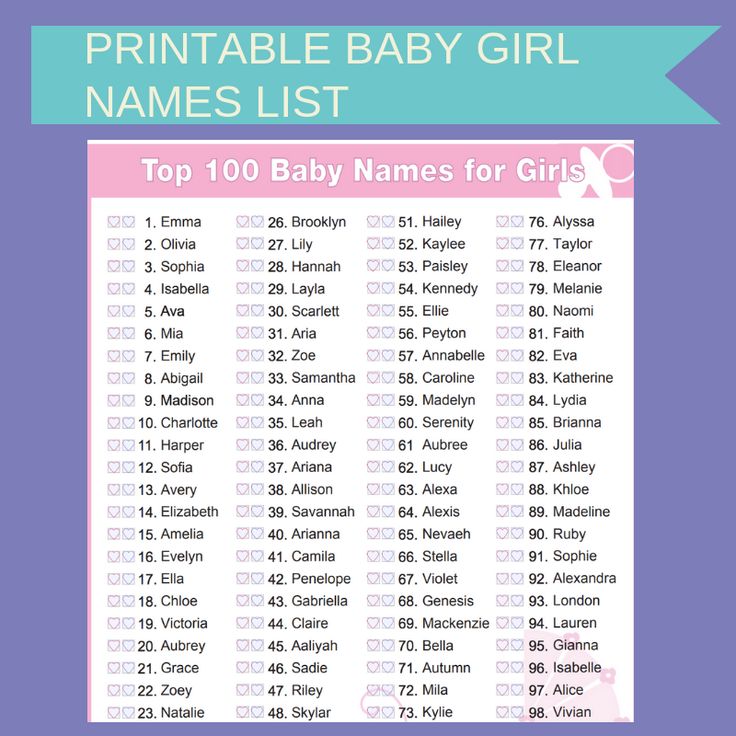
Arendt’s studies of moral issues had a strong influence on the philosophical consideration of the problem of evil. The Stanford Philosophical Encyclopedia speaks of her as a thinker who was one of the first to analyze evil in a narrow sense, that is, as morally unacceptable actions. Borrowing from Kant the term «radical evil», which he used to denote a kind of predisposition of human nature, she used it to designate totalitarian systems in which little depends on a person. nine0003
After World War II, Arendt traveled to Europe, but most of her life was spent in the United States: she became a citizen there and taught at Berkeley, Stanford, Princeton, Yale and other eminent institutions.

 And the contemporary art of Valery Koshlyakov, Timur Novikov, Yegor Plotnikov, Aidan Salakhova, Maria Safronova and others, presented alongside, shows that the Renaissance culture continues to influence people’s understanding of the world to this day. nine0003
And the contemporary art of Valery Koshlyakov, Timur Novikov, Yegor Plotnikov, Aidan Salakhova, Maria Safronova and others, presented alongside, shows that the Renaissance culture continues to influence people’s understanding of the world to this day. nine0003  nine0003
nine0003 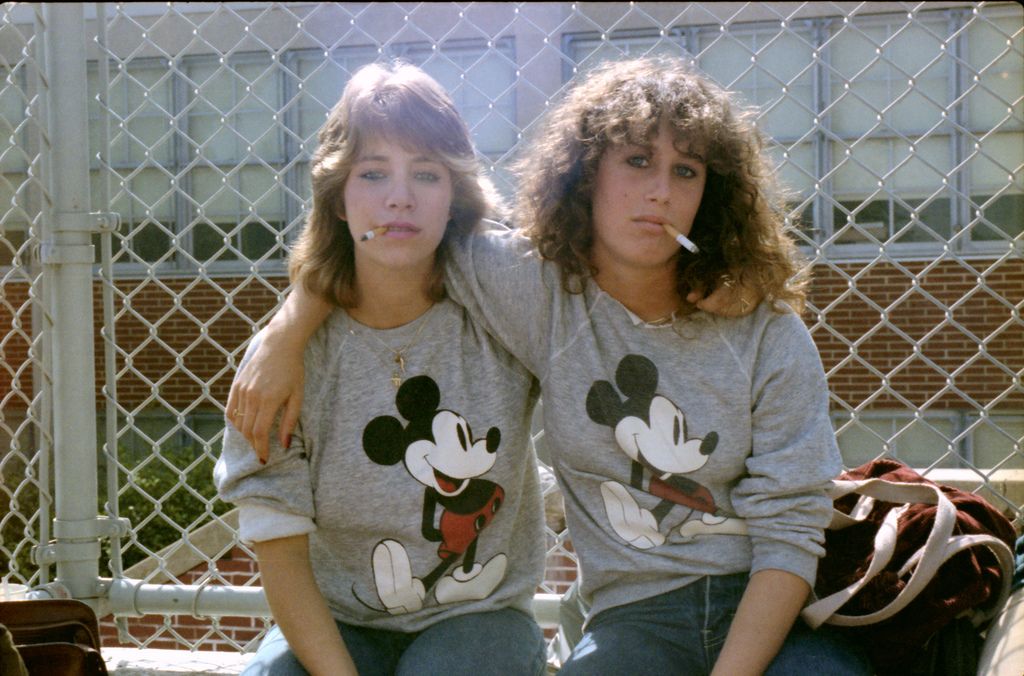 nine0003
nine0003 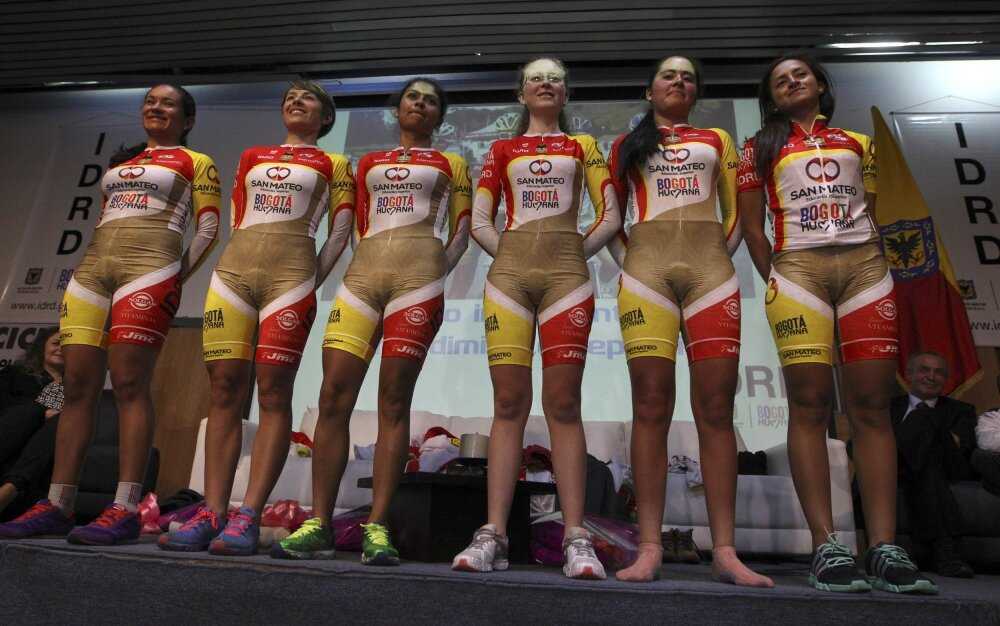 nine0003
nine0003 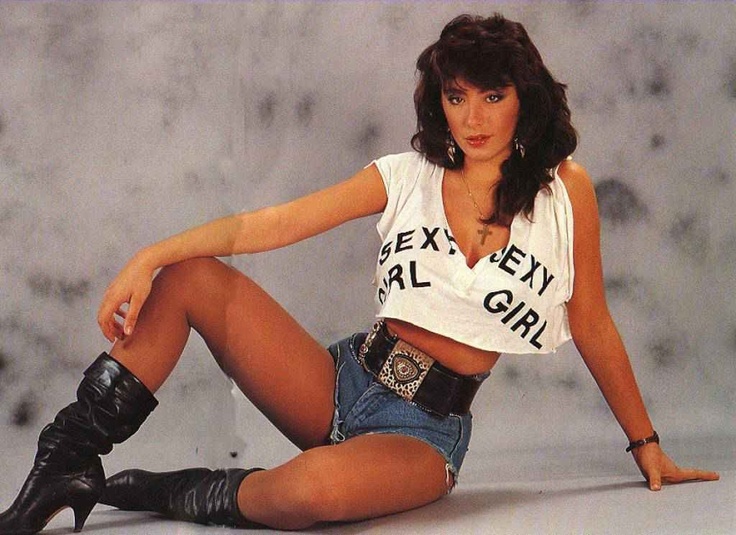 Here you can imagine yourself at a Venetian carnival or a Spanish inn, compare a trip in a Pullman car and a shaky stagecoach, and also find out for what purposes Russians traveled before. nine0003
Here you can imagine yourself at a Venetian carnival or a Spanish inn, compare a trip in a Pullman car and a shaky stagecoach, and also find out for what purposes Russians traveled before. nine0003  Sunny day». nine0003
Sunny day». nine0003  The exhibition brought together 48 canvases created to order for family portrait galleries. On them you can see various attributes of merchant life — patterned kokoshniks or a genuine home-made children’s shirt. Some things that belonged to merchants are shown right in the hall: orders and medals, coins, jewelry. And next to the image of the Kosin family at the tea table, there are items related to the tradition of home tea drinking: Gzhel dishes and a Tula ceremonial-style samovar from the factory of Nikolai Malikov. nine0003
The exhibition brought together 48 canvases created to order for family portrait galleries. On them you can see various attributes of merchant life — patterned kokoshniks or a genuine home-made children’s shirt. Some things that belonged to merchants are shown right in the hall: orders and medals, coins, jewelry. And next to the image of the Kosin family at the tea table, there are items related to the tradition of home tea drinking: Gzhel dishes and a Tula ceremonial-style samovar from the factory of Nikolai Malikov. nine0003  All of these items illustrate the various hobbies of the imperial family, one of which was collecting art. nine0003
All of these items illustrate the various hobbies of the imperial family, one of which was collecting art. nine0003 